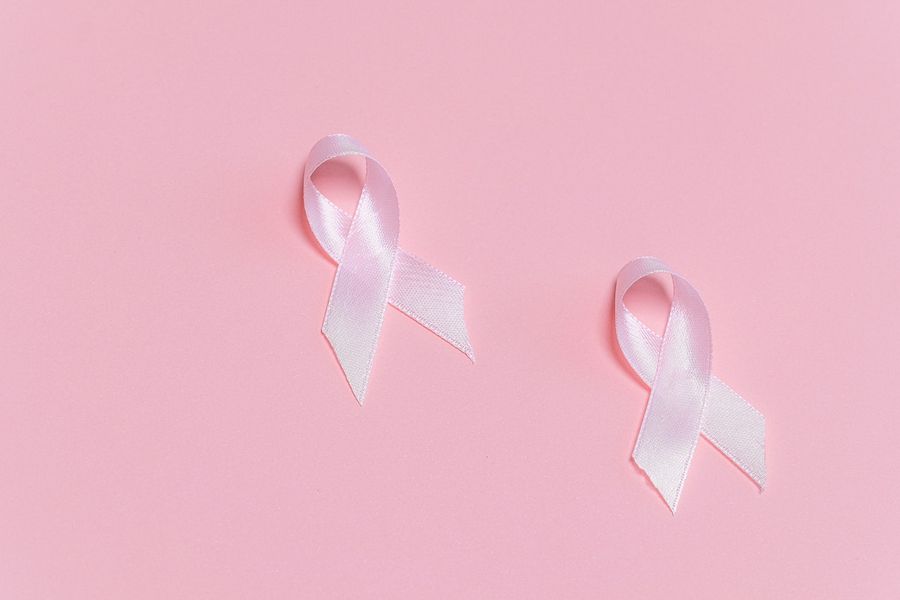NHS cancer care has been improving since it’s inception, with more scans, lifesaving surgery and treatments than ever. Although the pharmacological side of cancer care is often slow to develop, there have been new breakthroughs in drug treatment in the last decade, yet these are often of small scope and for very specific cancers, for example, double negative cancer. A proactive health model is to not rely on a slow drug development process i.e. on other methods of treatment – and the best form of treatment, in a public health model, is often prevention. If more people can change their lifestyle to prevent cancer risk, then we don’t rely so much on technological innovations which take years to trickle through to the clinical level.
In 2022, the NHS launched a major cancer care pledge to give select people an NHS cancer check to support full cancer clinics struggling to keep up with patient demand. In the press release, over a quarter of a million people were checked for cancer after an urgent GP referral to the cancer pathway – a new high since records began. In the press release, the NHS applauded successful public health campaigns such as the awareness campaigns around the death of Deborah James early to cancer. An extra 500,000 people were checked for cancer in 2022, beating the previous pre-pandemic high of 2.32 million people.
NHS activity has increased and bounced back since the pandemic with 4% more patients receiving cancer treatment in August of this year compared to the same point in 2019. What’s more, clinics have been able to reduce waiting times for cancer check pathways to 1.5 million, a service best since early February of this year. Those diagnosed and start specific treatment now lies at around 30,000 patients in August.

Treatment delays in cancer can have significant differences for mortality, outcomes and quality of life. These are the driving factors behind NHS bosses wanting to promote pre-cancer checks and get more people into the pathway than ever. From the released materials, “Monthly performance statistics also show the number of people waiting 18 months for treatment continues to fall and was almost 60% lower in August compared to the same month last year (121,711) and down by more than a quarter since the NHS launched the elective recovery plan in February (68,493)”.
Despite this progress, real concerns are being raised about a surge of coronavirus admissions this winter, with many members of the public having lowered their guard to the virus. There are already a rising number of community cases and local surges in coronavirus-related admissions. With a complete drop in social distancing, mask wearing and even public health campaigns for that matter, all serve to be a deadly mix for a winter of severe illness and death. The latest figures show that there are over 10 thousand patients – a two fold rise in the previous months figures of coronavirus. Health bosses are emploring individuals to sign up for their boosters to coronavirus this winter, with the booking service for autumn boosters going live today for those 50 and over. The service has already completed over 6 million boosters when it opened to older adults in early September.
A rise in coronavirus hospital patients and admissions risks taking resources from other areas to emergency care, as well as sparking surges of cases in wards and clinics. For those with cancer, this would be a deadly blow, and so it is interesting to see what health bosses do with this conundrum. During the first lockdown, cancer care was one of the areas that did not stop with patients but of course doctors had to see only the most unwell cancer patients. With resources and a strained NHS being pulled in all directions, it is hoped the service can keep up with its lifesaving checks and to preserve the cancer pathway despite the winter pressures. It remains to be seen whether this can be upheld, and it’s hoped the progress in cancer care continues despite coronavirus surges threatening clinic accessibility.
